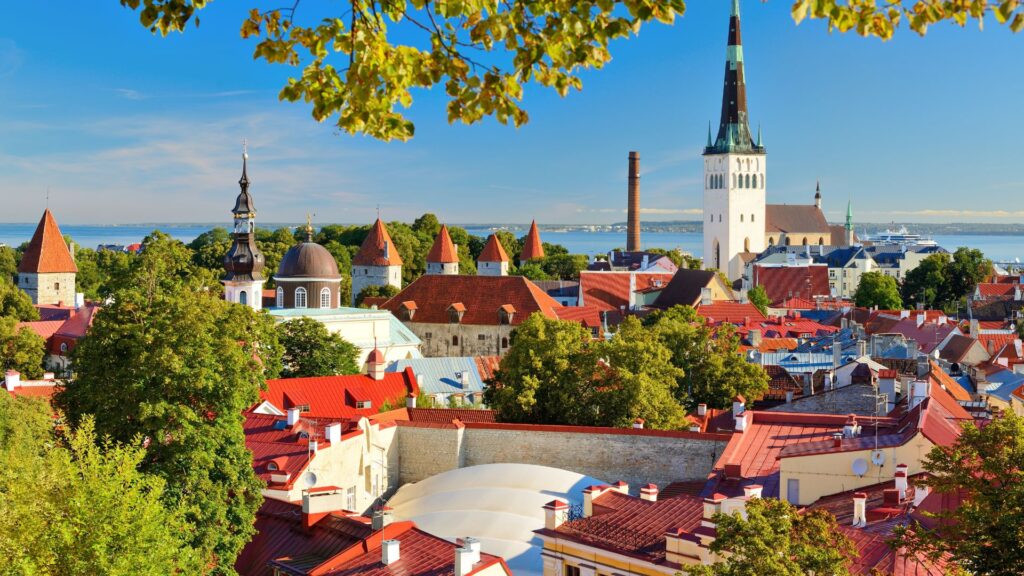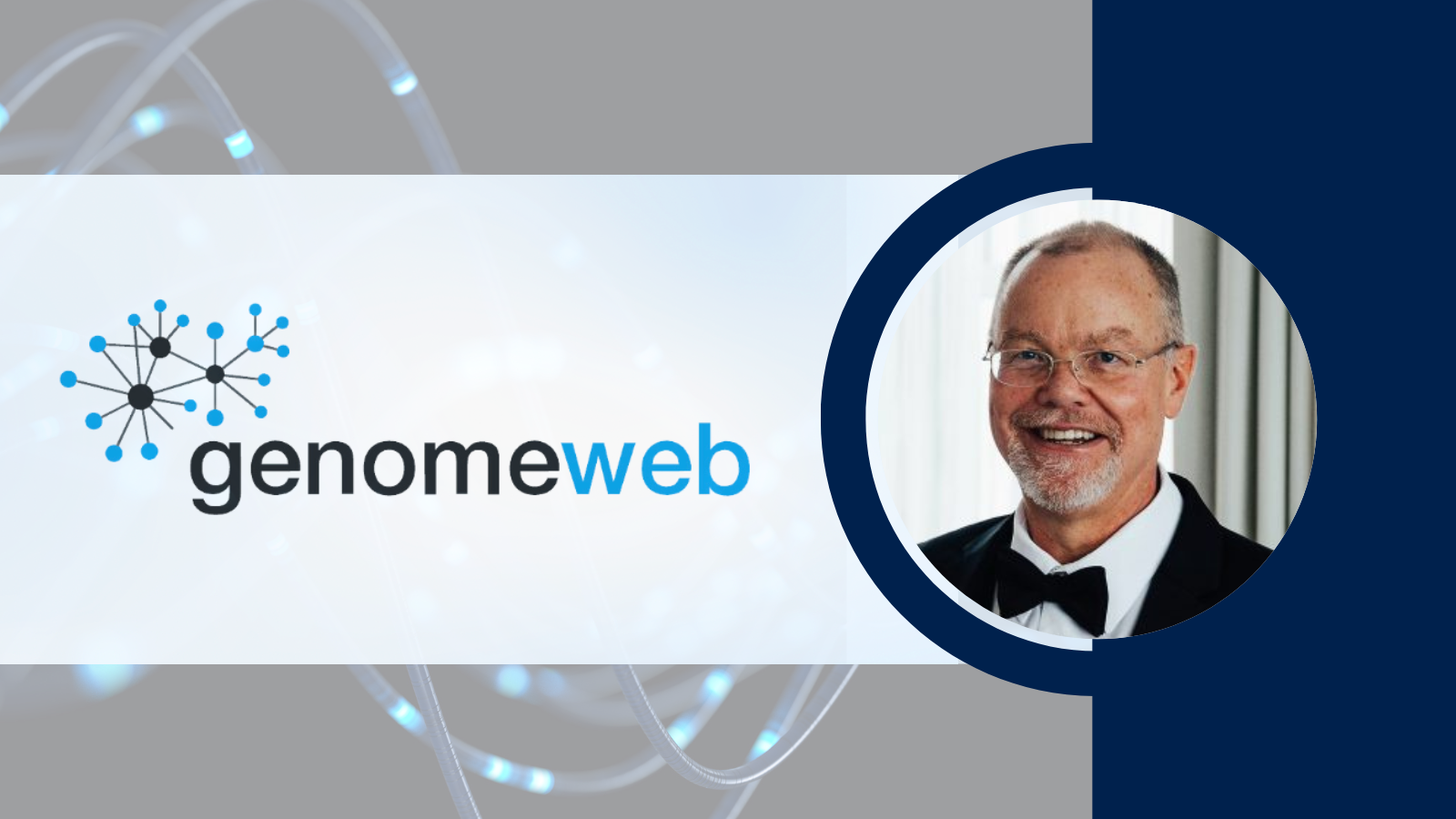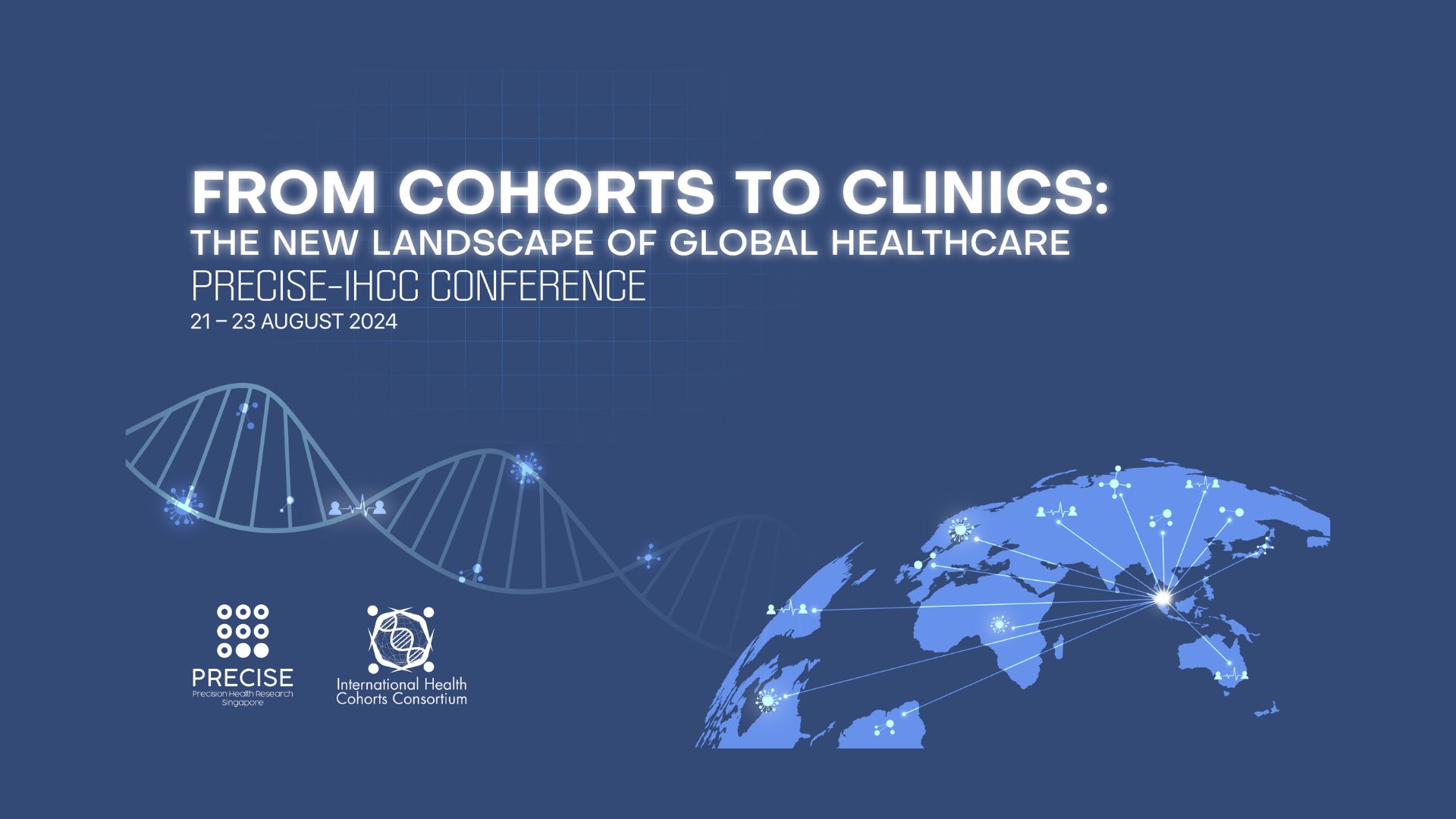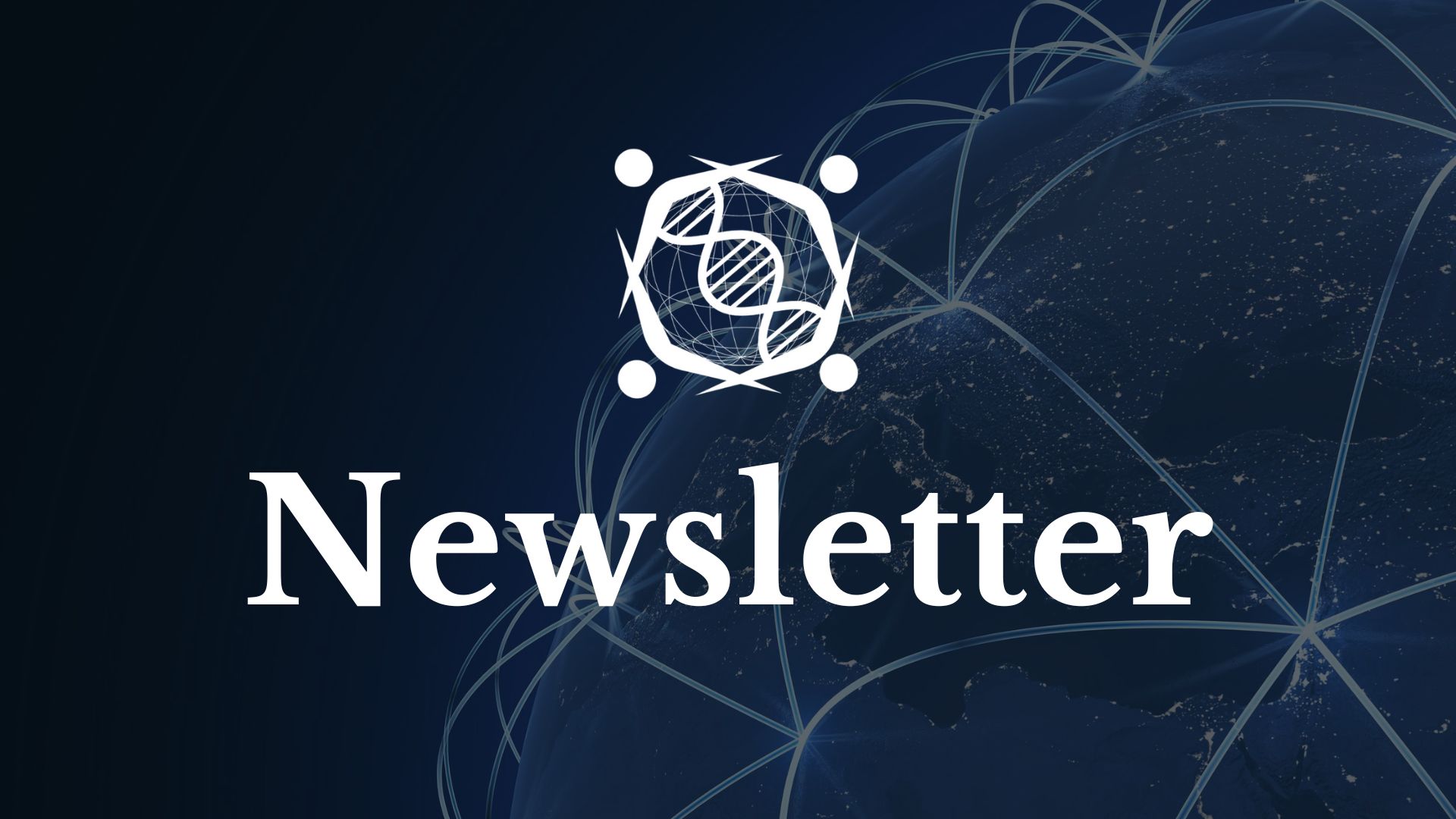IHCC Cohort Spotlight: The Estonian Biobank

PI: Prof. Andres Metspalu, M.D., Ph.D.
The Estonian Biobank (Est.BB) is an active member of the IHCC and has a current cohort size of more than 200,000 individuals. Est.BB is part of the international biobanking community and is a founding member of other consortia like international P3G and BBMRI-ERIC in the European Union.
IHCC has a unique approach, which we like very much, covering research, education, and training; facilitating the exchange of information between biobanks; and extending the biobanking approach to new countries and continents.
In addition to bringing cohorts together from across the globe, IHCC organizes annual meetings and webinars, distributes grants, and more. Est.BB PI, Andres Metspalu, has been active in the IHCC project selection committee in 2020 and has regularly participated in the meetings. Est.BB is currently working in a large COVID-19 genome-wide association study (GWAS) in which IHCC has had an active role.
Est.BB and Estonian Genome Centre in the Institute of Genomics, University of Tartu, Estonia are very active in human genome research, and together are collaborating with many institutions across the globe, publishing around 70 papers per year. Coming from the small country of Estonia, it is important for us to participate in international projects, programs, and organizations.
A short overview of the Est.BB:
Est.BB is a population-based biobank of the Estonian Genome Center at the Institute of Genomics, University of Tartu. All activities are conducted according to the legislation given in the Human Genes Research Act of Estonia adopted by the Riigikogu in the year 2000. All participants (gene donors) have signed broad informed consent. The cohort size is currently over 202,000 participants (“gene donors”), (≥18 years of age), which closely reflects the age, sex, and geographical distribution of the Estonian population. All are genotyped with Illumina GSA array. Estonians represent 83%, Russians 14%, and other nationalities 3% of all participants. All subjects have been recruited randomly by general practitioners (GP) and physicians in hospitals and recruitment centres including one in the Estonian Biobank. Genomic GWAS analyses have been performed on all gene donors, and RNA samples from 2,100 individuals are available for gene expression studies, along with 45 biomarkers from serum and plasma. Currently, available omics data is as follows: WGS (3 000), WES (2 500), metabolomics NMR (over 200 molecules,) for the whole biobank is ongoing. The health data of participants are continuously updated through periodical linking to national electronic databases and registries. A part of the cohort has been re-contacted for follow-up purposes and resampling, and targeted invitations are possible for a research project done on a specific diagnosis. Over 5,000 individuals have been re-contacted and health-related information based on genomic analysis and polygenic risk scores (PRS) have been returned in the framework of the research projects, but in the hospital settings and by the specialised physicians (breast and ovarian cancer) or primary care providers (CVD). (Leitsalu et al., (2015), Int. J. Epidemiol., 44:1137.)
Prof. Andres Metspalu, M.D., Ph.D.
Estonian Genome Center, Institute of Genomics,
Head of the Estonian biobank, University of Tartu,
23B Riia St., Tartu 51010
Estonia








